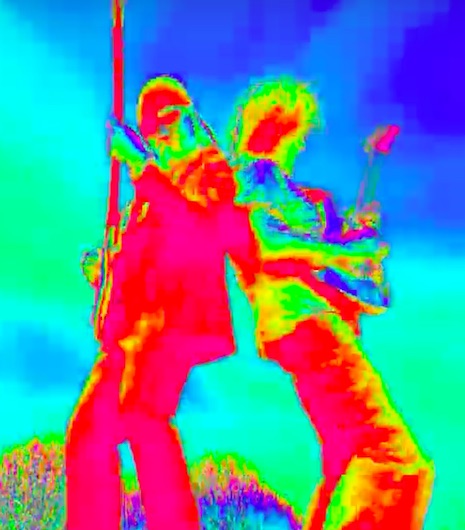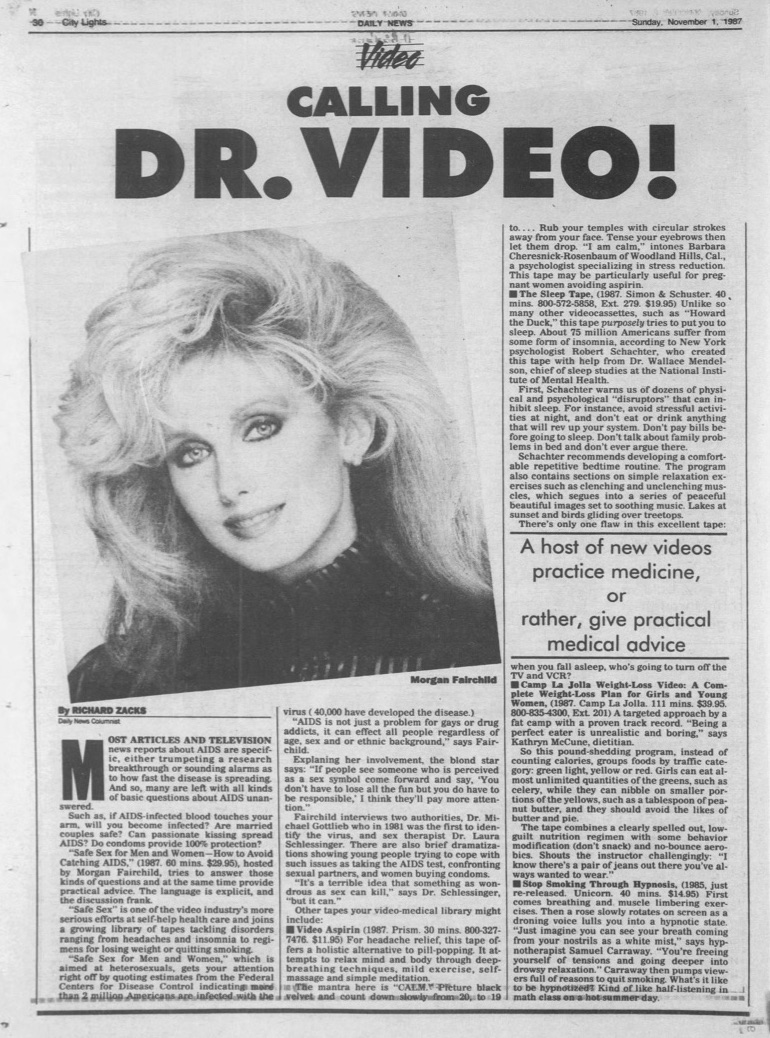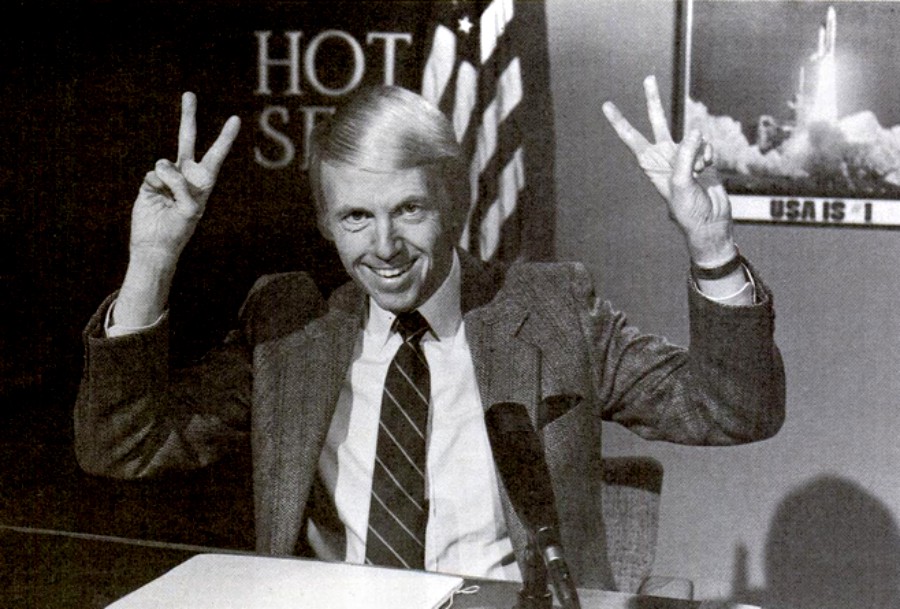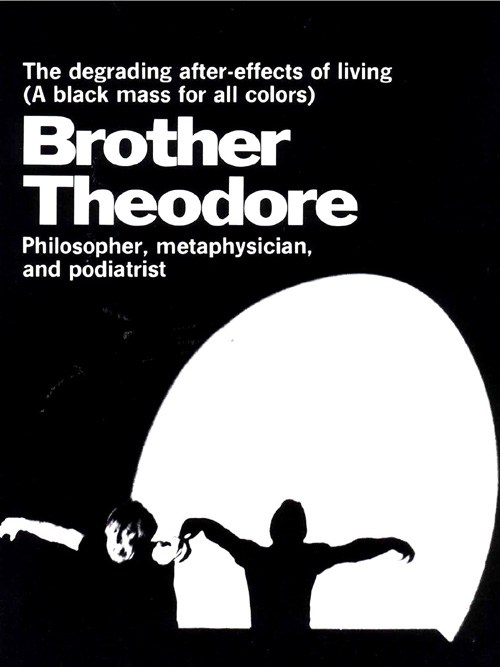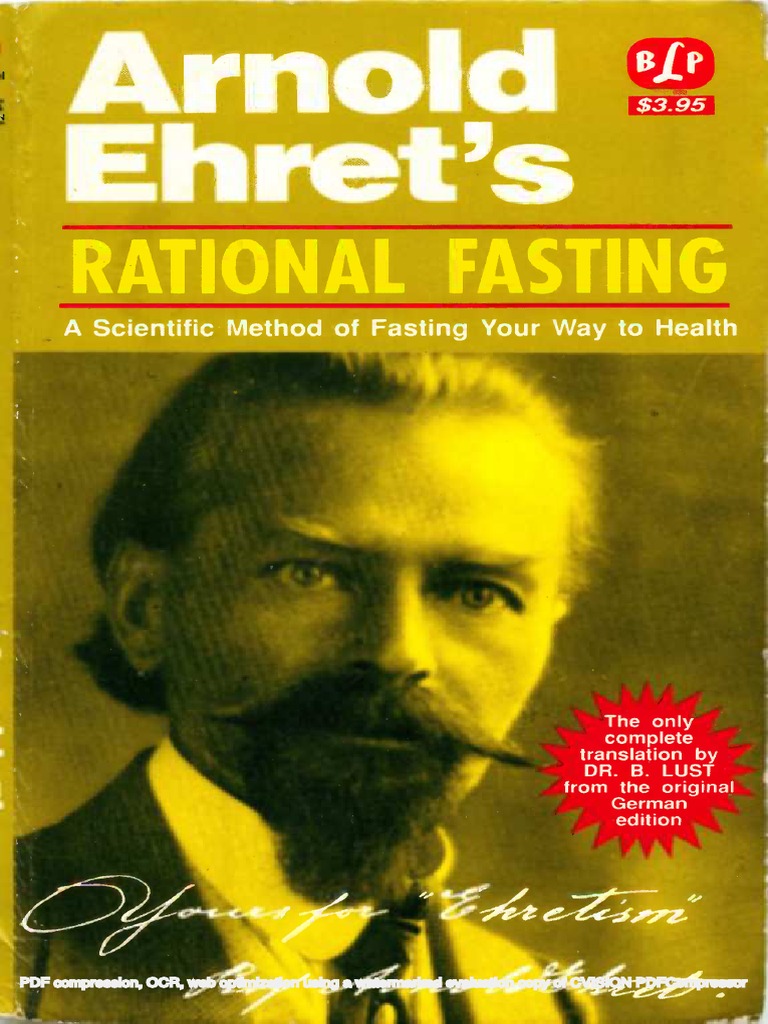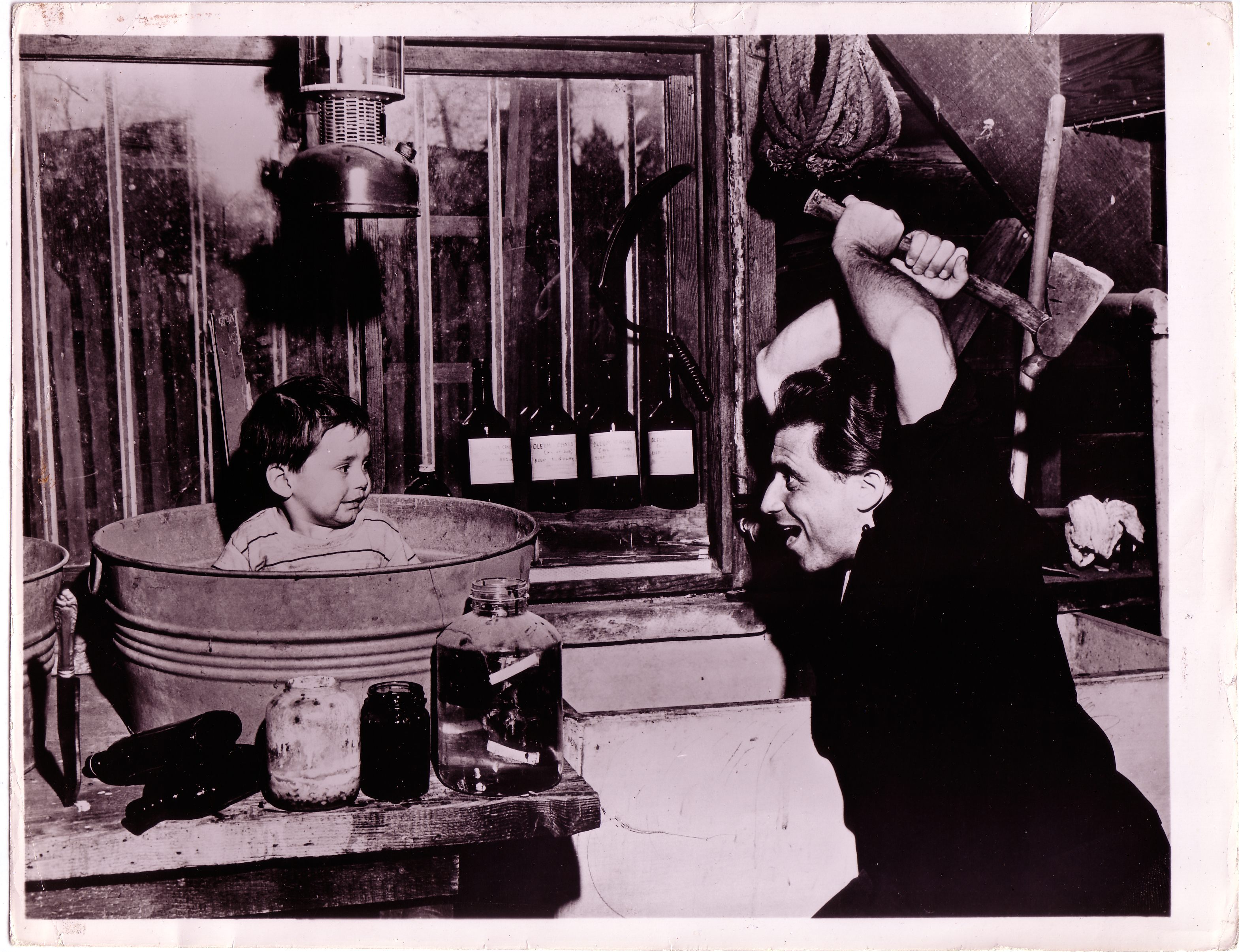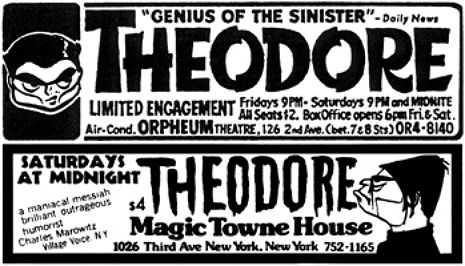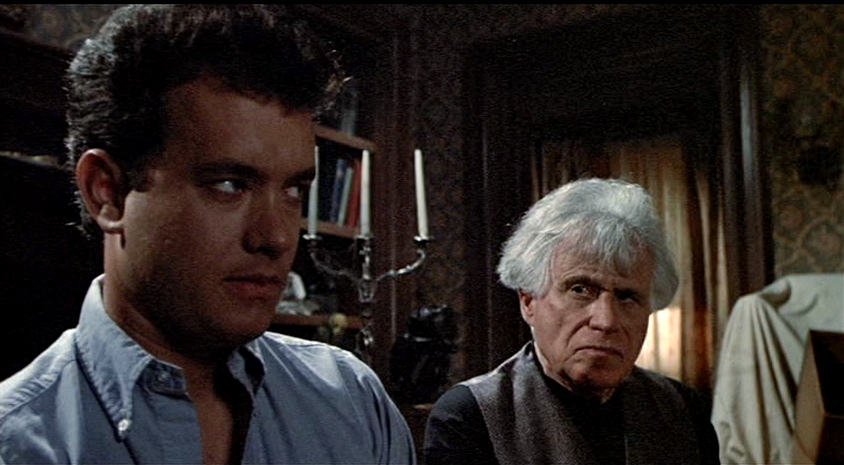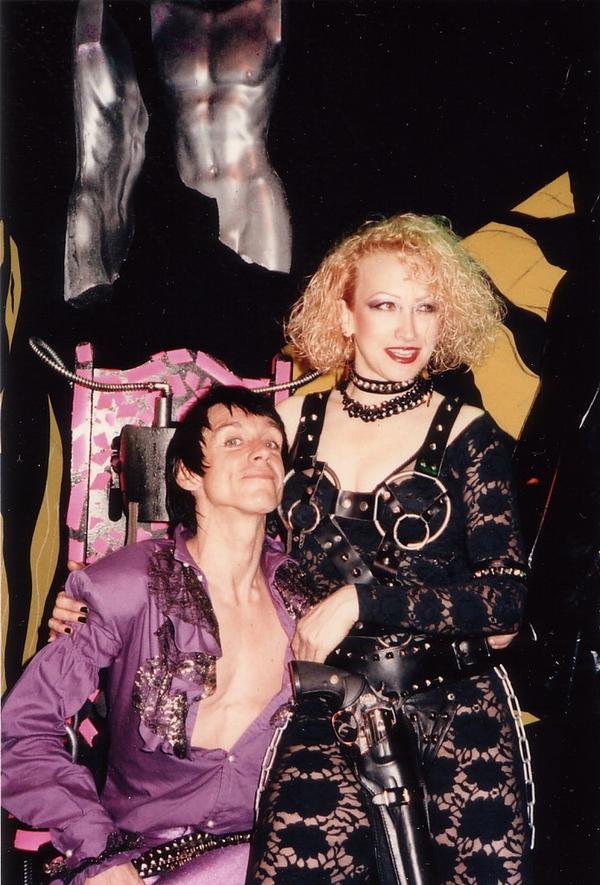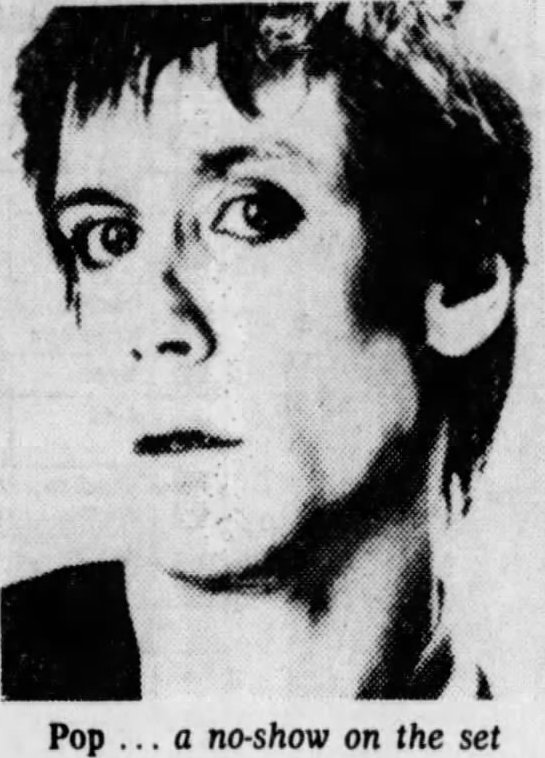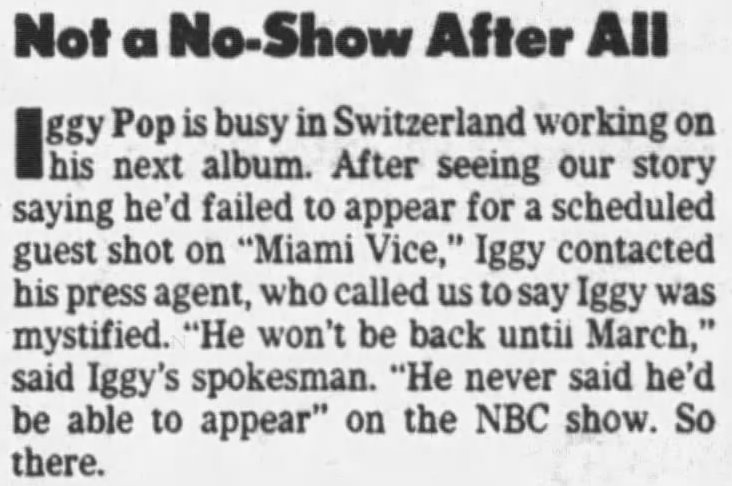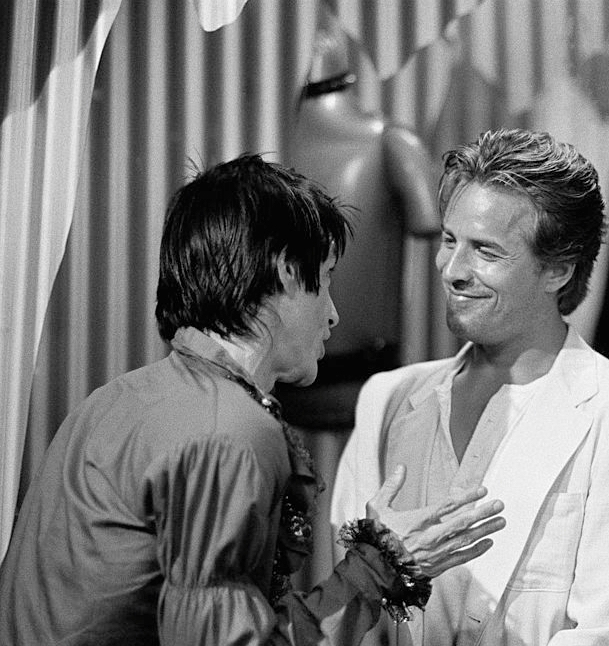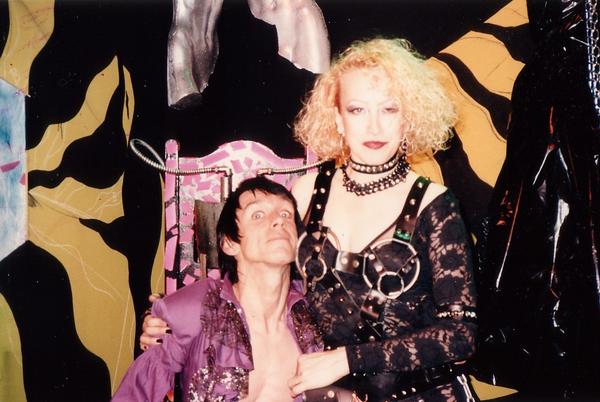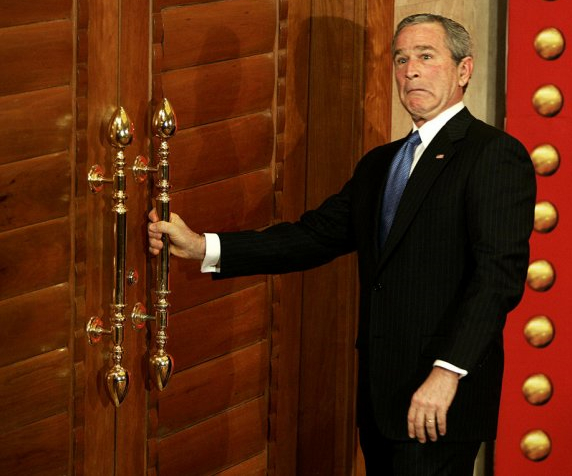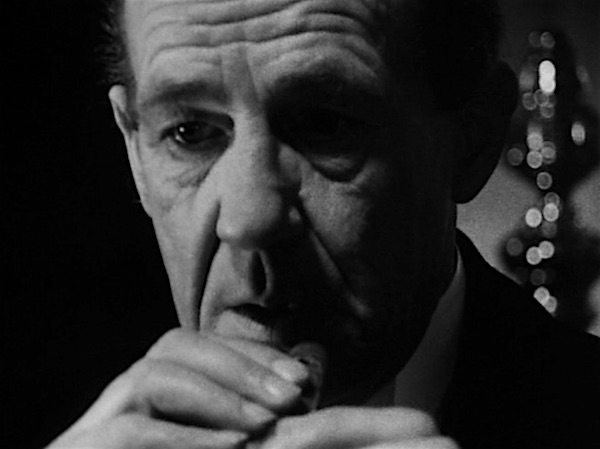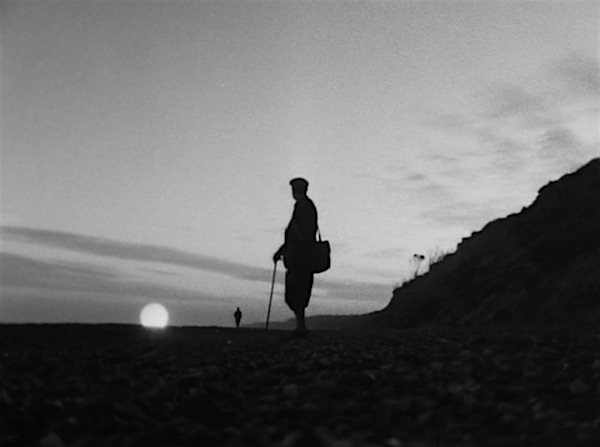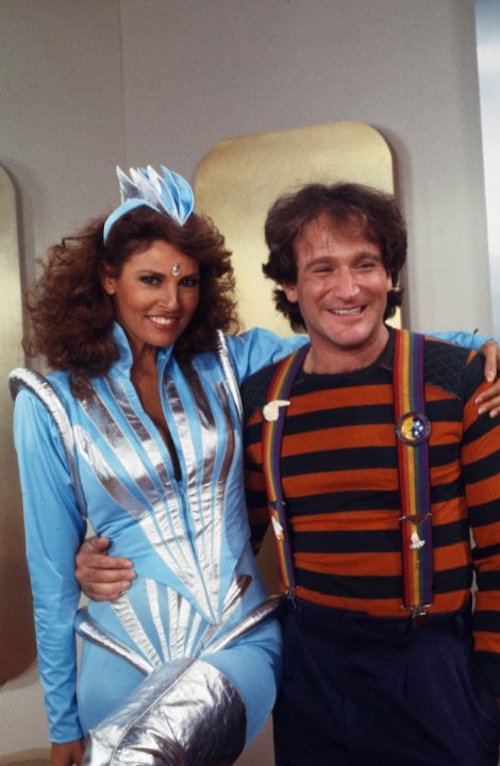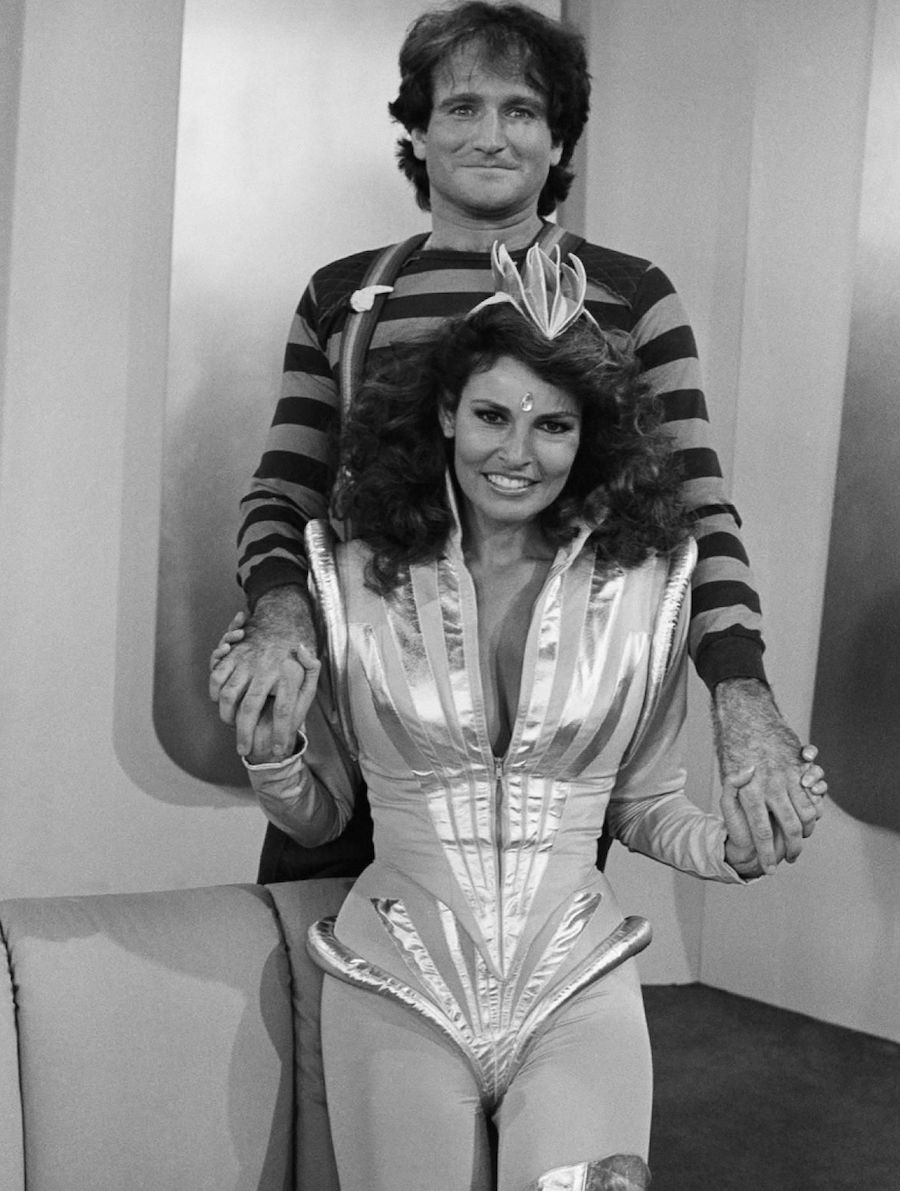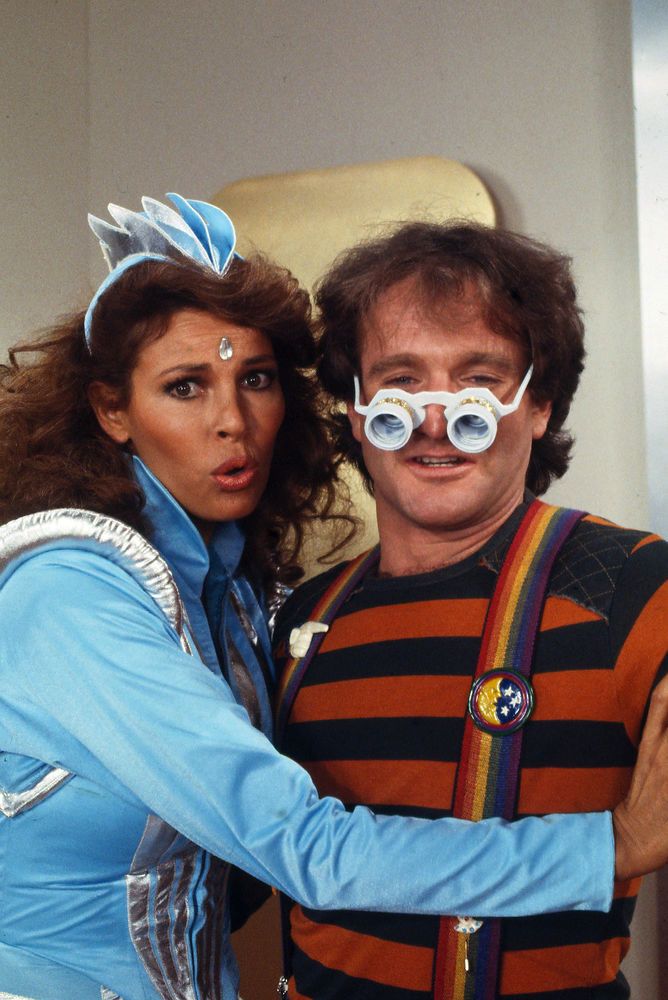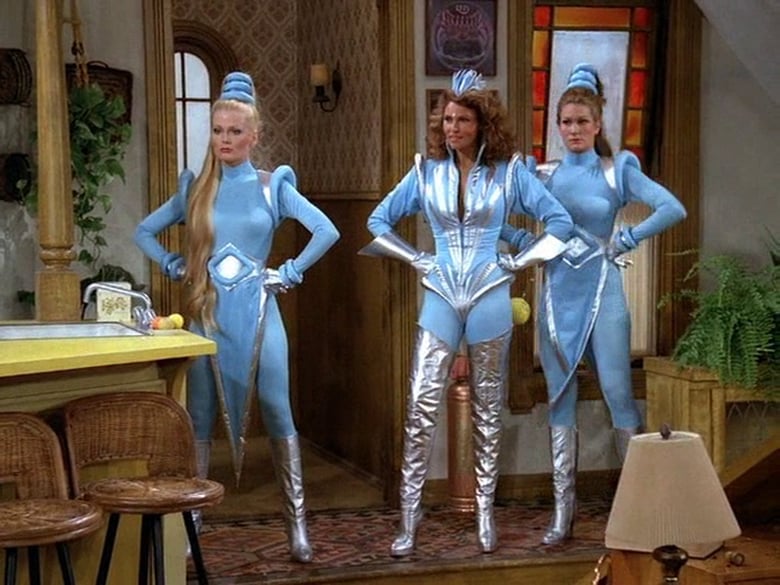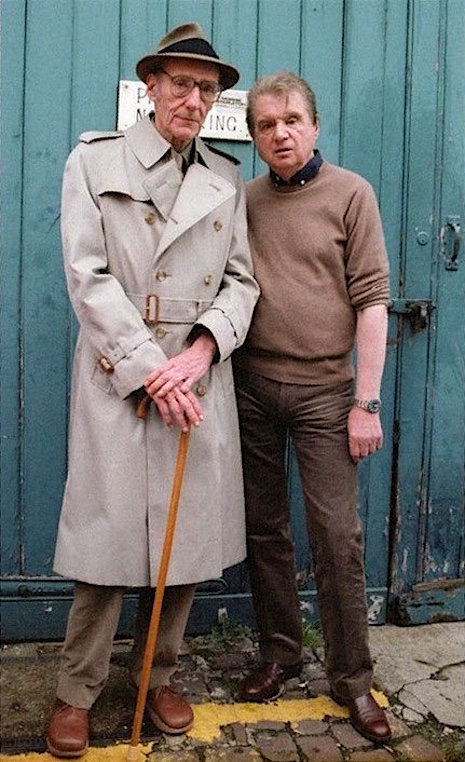
When William Burroughs met Francis Bacon a lot of tea was drunk, cigarettes smoked, a few secrets shared but very little was revealed about the two men. At times, this “historic meeting” of two great minds in 1982 is like the old class reunion where two former pupils meet up only to find they have very little in common other than they once shared the same classroom together.
The two men first met in Tangiers in the 1950s when Burroughs was technically on the run for murdering his wife after a “shooting accident” during a drunken game of William Tell. Bacon was then in a brutal and near fatal relationship with a violent sadist called Peter Lacey who used to beat him with a leather studded belt. Bacon once remarked in a documentary that he had lost all of his teeth to his lovers—Lacey was the boyfriend who knocked most of them out.
It was Allen Ginsberg who first introduced Bacon to Burroughs as he thought Bacon painted the way Burroughs wrote. Ginsberg had also wanted Bacon to paint his portrait in the act of having sex with his partner Peter Orlovsky. Bacon wondered if Ginsberg would be able “to keep it up” for the duration of the sitting. In the 1960s, Ginsberg again asked Bacon to paint his portrait. Bacon demurred claiming he had an aversion to long hair and beards and preferred painting short-haired, clean-shaven men because he could see the skull underneath the skin.
Burroughs thought he and Bacon were “at opposite ends of the spectrum.”
“[Bacon] likes middle-aged truck drivers and I like young boys. He sneers at immortality and I think it’s the one thing of importance. Of course we’re associated because of our morbid subject matter.”
This meeting between the two men was filmed by Mike Southon at Bacon’s studio/home 7 Reece Mews for a documentary on Burroughs directed by Howard Brookner. Burroughs appeared slightly standoffish, self conscious, and occasionally looks bored though he almost warms up when he riffed on some of his favorite subject matter—Jajouka, Mayans, and immortality. He also looked far older than Bacon, but was in fact five years younger. Bacon is waspish, bitchy, gleeful like a naughty schoolboy, and delivers the best lines (Jackson Pollock is “a lacemaker,” Mary McCarthy is “a bitch”).
According to Burroughs, when the pair first met in Tangiers they had several conversations about art though Bacon feigned not remembering the details. Burroughs reminded him that he had dismissed the then popular trend in art Abstract Expressionism as “mere decoration.”
Bacon recalled their mutual friendship with Jane and Paul Bowles, going on to discuss Jane Bowles’ mental decline and the tragedy of her last years being tended to by nuns, a situation which Bacon thought ghastly. Ironically, Bacon died just over a decade later being tended to by nuns after becoming ill in Spain (an asthma attack).
Burroughs seemed a little ill-at-ease having a camera crew film his every word. The pot-bellied Bacon seemed more relaxed (he’s on home turf) and even made the occasional dig at Burroughs. When discussing painters Bacon asks “Do you mean Monet or Manet?” like Lady Bracknell.
This is the unedited footage of something that (understandably) ended up being but a few minutes in Brookner’s finished documentary. I suppose one would have (perhaps) expected something far more scintillating and IQ-raising when two great artists meet but Burroughs and Bacon skate around subjects and stick to those things that obsesses them without revealing too much—even if they can’t always remember people’s last names or who or what it is they’re exactly talking about.







